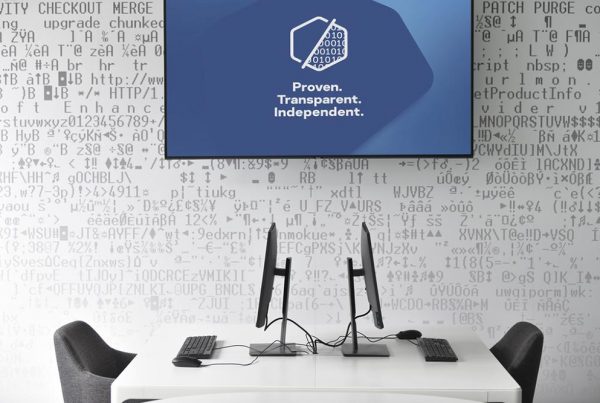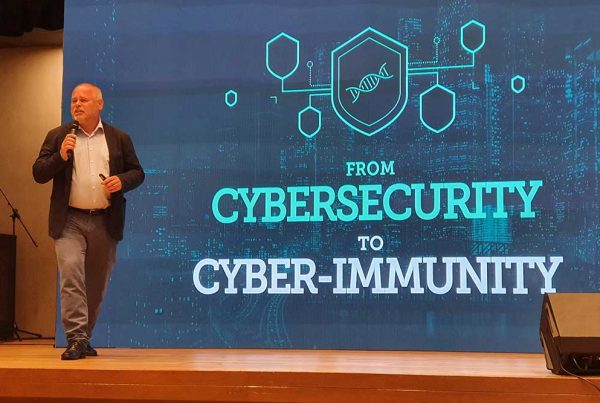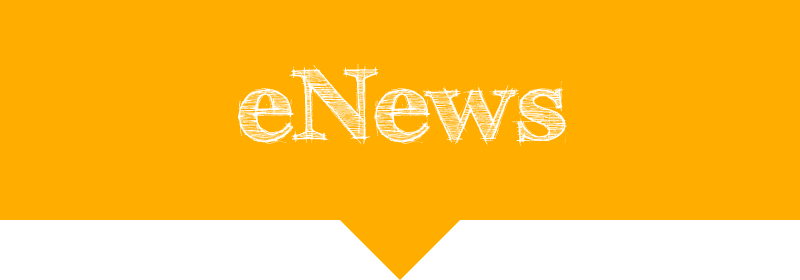
At their fingertips: e-learning setting new challenges and opportunities for students and educators. Image: Ben Grey
Traditionally knowledge has been passed on through personal interaction between the teacher and the student. In early history this was through oral presentations, with distribution limited by the maximum number of students a classical scholar could physically talk to.
Although manuscripts could be written, hand-copying meant every extra one took as much effort as the first. The invention of the movable type press in the thirteenth century, fundamentally changed the knowledge distribution model forever.
Now, thousands could easily and relatively cheaply read the works of famous scholars, breaking the fixed linkage between physical presence and delivery.
This was progressively exploited through the distance learning and online learning initiatives of the twentieth century where the simple expedient of posting course materials allowed thousands to complete their courses without ever physically attending a campus.
Of course both educators and students recognised that simply reading learned texts does not on its own deliver the richness of learning experience that can be achieved through personal interaction, which is why historically printed text books have assisted, rather than replaced the human educator.
Nassim Nicolas Taleb, in his best seller, The Black Swan, characterised the early ‘pre-press’ scenario as providing no opportunity to for the better players to scale up and monopolise the market due to the physical limitations of their availability.
He goes on to imagine two contrasting situations; ‘Mediocristan’ where service delivery is limited by some physical means, and ‘Extremistan’ – where huge scale and reach are possible with a ‘winner takes all’ outcome for the best providers.
There are many historical instances where a significant technological development has suddenly changed the operating environment from Mediocristan to Extremistan – with major impacts on the incumbents.
So what has this got to do with e-learning?
E-learning is driving a fundamental change in the relationship between the student, the educator and the institution as we reach a similar inflection point.
Many early online initiatives could essentially be characterised as a ‘textbook replacement’ programs, with the object being to deliver content anytime and in any place, but without much thought as to the differences in the style of content that should be delivered by new channels.
Successful e-learning is a more than simply taking existing course content and streaming it. A boring lecture placed online creates an online, boring lecture.
As e-learning matures we are seeing new ways of delivering content and facilitating student learning that seek to exploit the capabilities of new technology, while retaining the best bits of the ‘old’ world – student-teacher interaction. In addition it is equally as important to realise, just as in traditional education, there is no ‘one size fits all’ e-learning approach that will engage all students as people have a range of learning styles.
Current approaches work well for visual learners, less well for auditory learners and not well at all for kinesthetic learners.
From the organisational perspective the maturing of e-learning significantly reduces the barriers to entry in what has traditionally been a capital intensive business.
New entrants have the potential to disrupt the market to compete in the same space as the traditional players but without all those pesky buildings, administration and even faculty members.
This new wave of e-learning represents the epitome of Taleb’s ‘extremistan’ paradigm. As a more holistic, personalised and interactive learning experience can be delivered – without the limitations of physical place or people – it potentially becomes possible for the ‘best’ players to dominate the market. If I can get a quality education via electronic channels, why wouldn’t I study at Harvard or Cambridge – rather than a second tier institution?
For institutions to thrive in this new environment they need to clearly identify what is their ‘unique selling point’ – from the student’s perspective.
This can neither be simply be based on geography, as students have access to other institutions on the other side of the globe, or scale, as technology allows those ‘best of breed’ institutions to scale up their content delivery to enormous numbers.
So it would seem that technological advancement would ensure the near-monopolistic success of the major players – while those lower down the tier languish and perhaps disappear? However, whilst this is a convincing logical extrapolation, recent experience shows that the reality may be more nuanced.
The rise of the Massive Open Online Course (MOOC) over the last five years was heralded as a paradigm shift that would fundamentally alter higher education.
While enrolments have often been massive – as the name would imply – completions have generally been disappointing – and the gloss is wearing off the MOOC hype. In many cases it seems that while there is little impediment to sign-up for free online courses – there is also little incentive or motivation to see them through for a substantial number of students.
In addition, the significant time commitment required by educators to develop and support MOOCs, coupled with a lack of incentives has started a trend away to other approaches such as competency based learning.
So efficient online delivery alone is not sufficient to keep learners learning and, as with many other things in life, quantity does not always equate to quality.
Institutions that use the e-Learning opportunity as a key delivery mechanism and a strategic differentiator, rather than an end in itself, are the ones that will build a productive and ongoing relationship between their staff, students and the organisation itself and will prosper into the future.
Al Blake is principal analyst, government technology at Ovum.
ABOUT OVUM
Ovum is a leading global technology research and advisory firm. Through its 180 analysts worldwide it offers expert analysis and strategic insight across the IT, telecoms, and media industries. Founded in 1985, Ovum has one of the most experienced analyst teams in the industry and is a respected source of guidance for technology business leaders, CIOs, vendors, service providers, and regulators looking for comprehensive, accurate, and insightful market data, research, and consulting.
With 23 offices across six continents, Ovum offers a truly global perspective on technology and media markets and provides thousands of clients with insight including workflow tools, forecasts, surveys, market assessments, technology audits, and opinion. In 2012, Ovum was jointly named Global Analyst Firm of the Year by the IIAR.
Ovum is a division of Informa plc, one of the leading business and academic publishing and event organisers globally, headquartered in London. Informa is quoted on the London Stock Exchange.
View Ovum Profile




